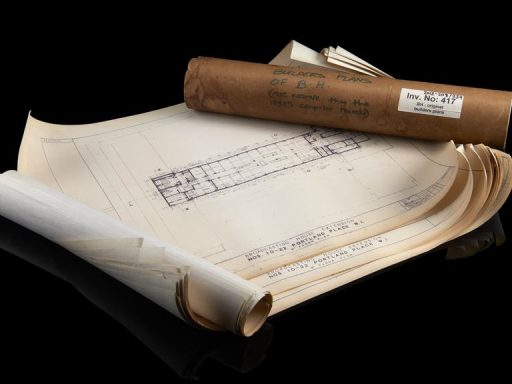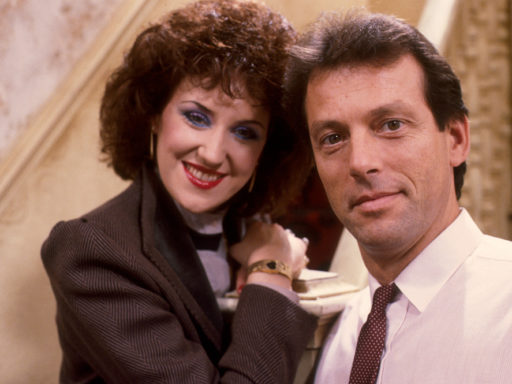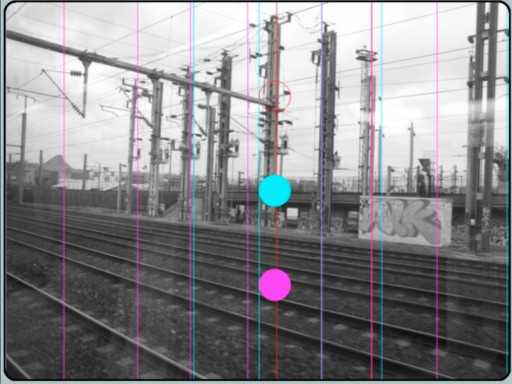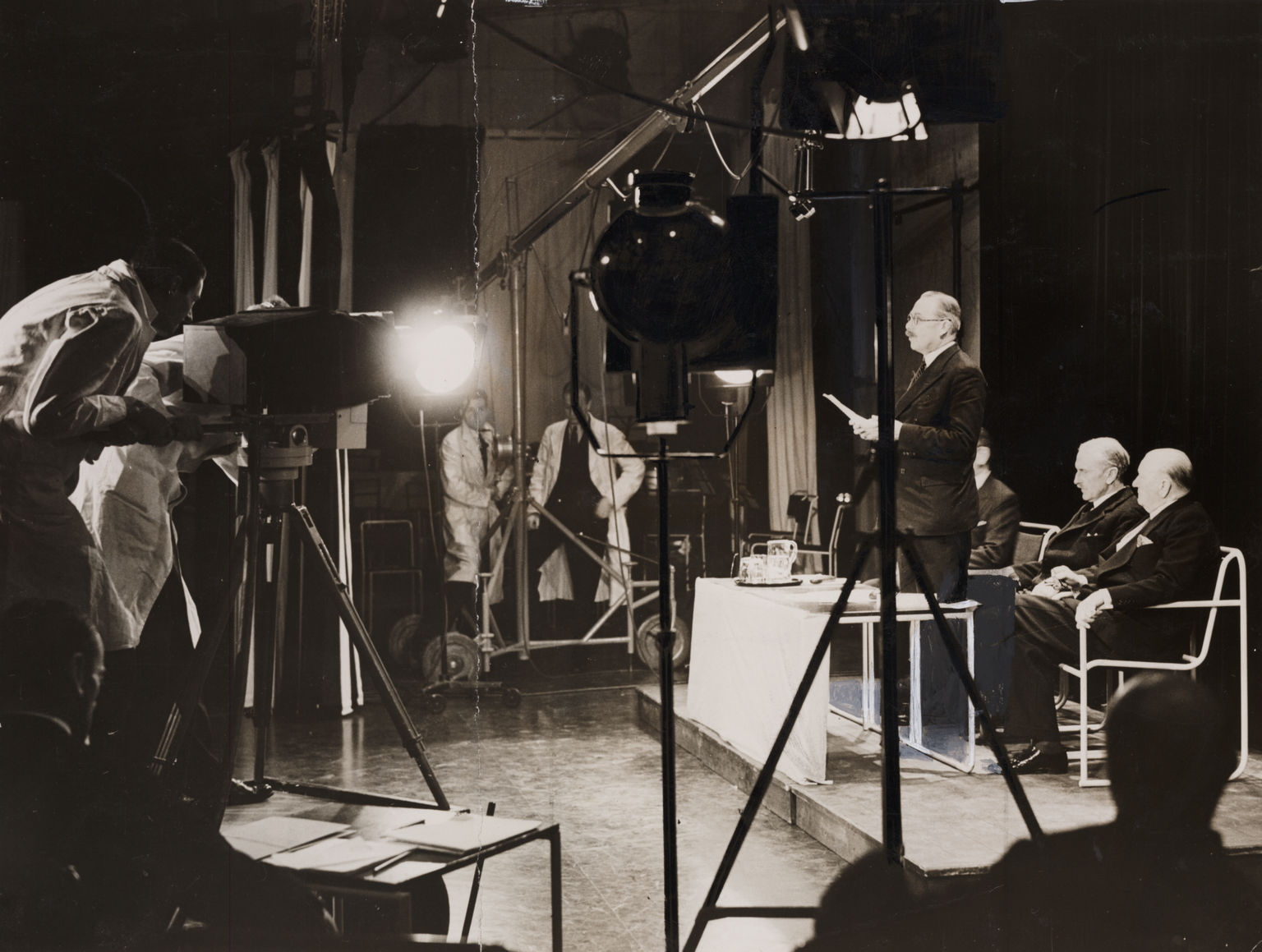
From humble beginnings to an audience of millions, the BBC has its home in Broadcasting House. Find out more about the history of this iconic London building and its role in British radio and television.

From humble beginnings to an audience of millions, the BBC has its home in Broadcasting House. Find out more about the history of this iconic London building and its role in British radio and television.

We’ve collected memories and stories about the EMI 2001 television camera from BBC alumni, highlighting how this iconic piece of equipment was used.

It’s 35 years since the most viewed British TV programme ever* aired. James White takes a look back at an iconic piece of television history.

99 years ago this week, on 14 November 1922, the BBC broadcast its first programme, and daily transmission from London’s 2LO studio began.

It’s the 57th anniversary of the launch of BBC Two. Antonia Lenon recaps the story of how the channel was introduced to TV audiences.

It’s no joke—1 April is the anniversary of the BBC’s Radiophonic Workshop, so we’re looking into its early history through some of the objects in the BBC Heritage Collection. Get ready for a (swannee) whistle-stop tour…

Caro C writes about the development of a new online exhibit, Photophonic, and how the BBC Radiophonic Workshop provided inspiration.

80 years ago today, Alexandra Palace became the birthplace of British television as we know it.

Amanda Lynsdale discusses some of what she discovered while cataloguing the extensive BBC Collection, acquired in 2012.

Iain Baird looks back at the launch of BBC2 50 years ago, and explains how Play School accidentally became the first successfully broadcast show on the new channel.

In 1931 a revolutionary type of microphone housed in an unusual sideways teardrop-shaped capsule was introduced by the BBC. Its oddly-shaped housing earned it the nickname ‘the bomb’.

Iain Logie Baird takes a look at some of the children’s television puppets we’ve acquired as part of the BBC Collection—from Bill and Ben to the Fimbles.